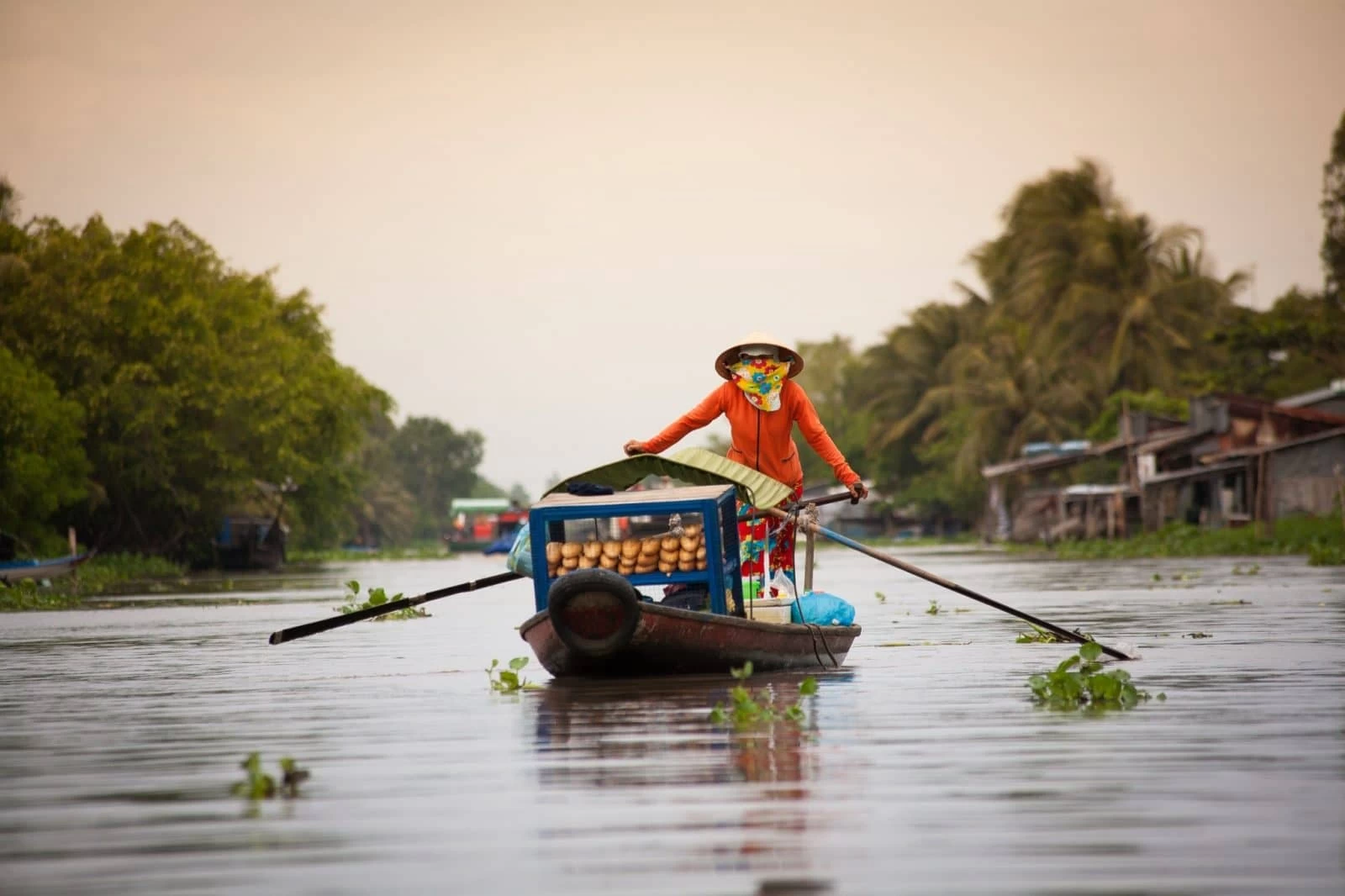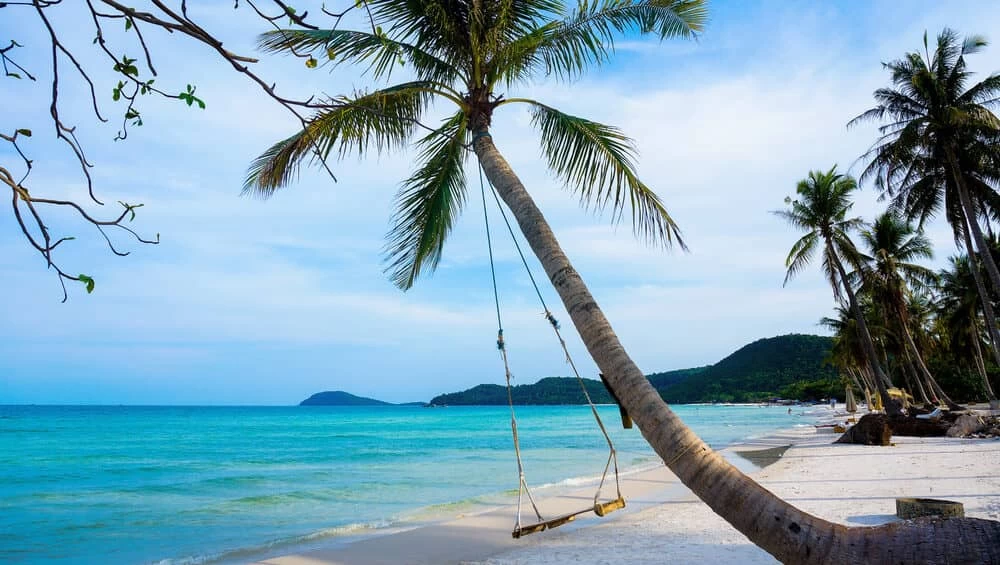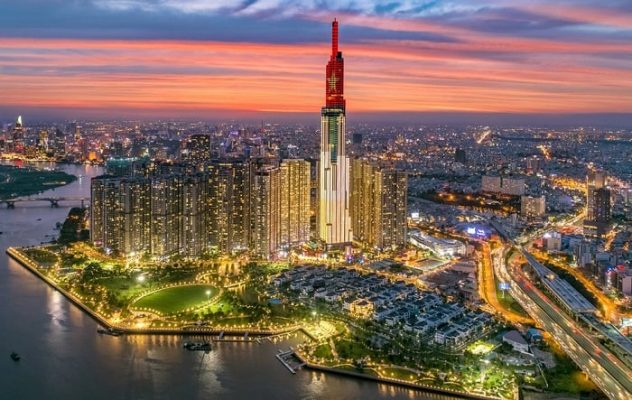
Far Eastern Pearl Ho Chi Minh City
Ho Chi Minh City or Saigon, a warm land in the South known by the poetic name “Far Eastern Pearl,” where converge the distinctive cultural traits and essence of Vietnam, a place of cultural exchange, economic interaction, and social interaction with international friends in the region and the world, is a major tourist center in the South, where tourism activities thrive with diversity and richness in tourism products and services. Follow Ula Travel now!
I. LOCATION OF HO CHI MINH CITY
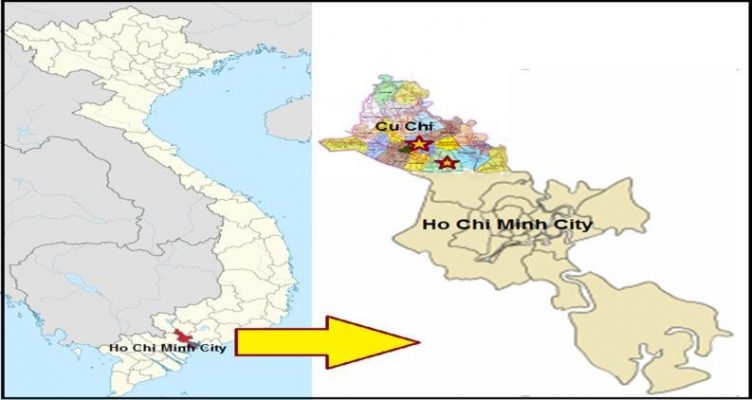
The map of Ho Chi Minh City
Ho Chi Minh City or Saigon is located in the south of Vietnam, about 1,730km from the center of Hanoi by road. Additionally, the central area of Ho Chi Minh City is approximately 50km from the East Coast by air, a not too distant distance.
Being the focal point of Southeast Asia, Ho Chi Minh City is a vital transportation hub for both road, waterway, and air traffic. Thanks to this, the city has connected provinces within the region and become an extremely important international gateway.
II. HOW TO GET TO HO CHI MINH CITY
Ho Chi Minh City, bustling and noisy as it is, poses a question for anyone planning to visit: how to get to Saigon and what means of transportation to use. Below are the modes of transportation and ways to get around Ho Chi Minh City for your upcoming trip to the city named after Uncle Ho.
By Airplane
If you want to save travel time, you can choose to fly to Ho Chi Minh City. Tan Son Nhat Airport is only 8km from the city center, making it very convenient to travel to the city.
Currently, the airport serves dozens of flights daily from three domestic airlines: Vietnam Airlines, Vietjet, and Jetstar, as well as international airlines bringing visitors to Saigon. Upon arrival at the airport, you can use other means of transportation, such as taxis, buses, or motorbikes. Taxis and buses are the two preferred modes of transportation for many tourists.
By Train
If you have plenty of time and want to admire every beautiful moment of nature, then don’t hesitate to choose the train. Traveling gently on the tracks, enjoying the rustic and serene countryside scenes slowly passing by, and having private space with friends will surely make your Saigon tour more memorable.
If departing from Hanoi Station, you should use the North-South connecting train named Thong Nhat. The final destination is Saigon Station in District 3, which is quite close to the central area of District 1.
Train ticket prices depend largely on the type of seat, cabin, and train the passenger chooses. Typically, the Hanoi-Saigon train route costs from 578,000 to 2,200,000 VND per passenger per ticket, with a total travel time of about 30 hours.
By Car
Choosing a car for traveling to Saigon will be suitable for budget-conscious travelers or those with convenient travel distances.
III. PEOPLE OF HO CHI MINH CITY (SAIGONESE PEOPLE)
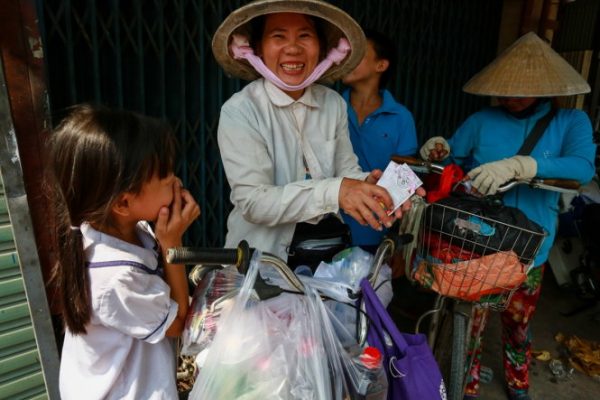
Saigonese People
The residents of Ho Chi Minh City embody the distinctive Southern style: straightforward, honest, open-minded, and sociable. Despite the bustling and noisy urban environment, the inherent nature of the people remains unchanged.
This style exists within each community as a common model upon which individuals can freely express their creativity and strengths. Among them, there is always a sense of “tolerance, generosity, solidarity, kindness, and profound sentiments.”
1. Straightforwardness and candidness
Straightforwardness and candidness are the most characteristic traits of Saigonese people. They live with each other sincerely, speaking their minds without beating around the bush or using flowery language. If something isn’t right or doesn’t sit well with them, they’ll address it directly without harboring grudges or overthinking.
Some may assume that straightforward and candid individuals are dry or difficult to approach, but upon arriving in Saigon, one will find their straightforwardness to be quite unique. Their honesty doesn’t make others uncomfortable or annoyed. Perhaps it’s because their inherent sincerity and simplicity make their straightforwardness gentle to some extent.
2. Heroism
Saigon, or Ho Chi Minh City, is known as a “land of prosperity and safety,” with few natural disasters or floods, making it easy to live in. Regardless of social class, everyone can settle and thrive in Saigon. Early arrivals help and guide newcomers, fostering mutual reliance and expanding livelihoods together.
Hence, the spirit of mutual assistance and compassion among its people becomes extraordinary. Free bread and iced tea stations are present throughout the streets to support the less fortunate. “Doing good deeds,” a simple and gentle way of living, is the motto of the people of Ho Chi Minh City.
Nowhere is the kindness expressed as heroically as in Saigon, Ho Chi Minh City. Living here for a while, people become “accustomed” to it, with each citizen maintaining and spreading this heroic spirit of the city—a lovely and livable city.
3. Open-mindedness and hospitality
People of Ho Chi Minh City accept differences in customs and traditions and are tolerant of the diverse actions and lifestyles of others. Here, various cultures from all over the world converge for livelihoods.
In the current context of exchange and integration, openness and hospitality play a significant role in building national solidarity, proposing and implementing social policies and movements, and attracting investment.
However, the downside of excessive open-mindedness is a casual approach to life and work, disregarding propriety and principles.
4. Flexibility, Dynamism, and Creativity
Ho Chi Minh City is a special urban center and a major hub for economics, culture, education, science, and technology, as well as international exchange and integration. The city’s current appearance reflects the dynamism and creativity of its people.
It stems from over 300 years of city formation and the inheritance of thousands of years of Vietnamese history. Historians have summarized the characteristic traits of Saigonese people as “resilience, dynamism, creativity, high cooperation, and adaptability.”
The dynamic and creative style exists in all residents and social strata in the city. Saigonese people epitomize progress and innovation, willing to acknowledge and self-criticize mistakes to progress. They continually broaden their thoughts and actions to embrace what is new, good, and right for the nation and the world.
Saigonese people are not conservative or stagnant; they have an innovative mindset, discarding outdated and backward practices and being willing to forgive others’ mistakes to coexist and develop together.
5. Reality
The people of Ho Chi Minh City prioritize substance over form and practicality over theory. They believe in goodness, speak bluntly, and act promptly, but they do not accept opportunistic or cunning behaviors.
They evaluate people based on their actions, valuing doers more than talkers. Prioritizing action over talk, Saigonese people focus more on economic activities such as trade, craftsmanship, and industry than literature or theory.
People here live in reality rather than in pragmatism. They live true to themselves within their capabilities, without pretense or ambition. Saigonese people don’t indulge in flashy appearances or false pretenses, dressing appropriately for each occasion. In daily life, they dress comfortably but not casually, simply but not sloppy.
Regarding food and drink, they prefer simplicity, maximizing regional specialties and homegrown produce without elaborate decoration. Additionally, the people of Ho Chi Minh City do not hesitate to help others.
IV. CULTURE OF HO CHI MINH CITY
1. “Vot” coffee

Vot Coffee
Coffee has become a familiar and intimate aspect of Saigon’s culture, distinguishing it from other countries around the world. While Hanoi is known for its serene, somewhat solemn coffee shops and Hue for its breezy garden cafes, Saigon boasts its own charm with “vot” coffee.
This unique coffee culture contributes significantly to Saigon’s distinctive identity. When enjoying a cup of “vot” coffee, you’ll notice a distinct, aromatic flavor unlike any other brew. Therefore, if you ever visit Saigon, be sure to explore a “vot” coffee shop to experience its unique ambiance.
2. Ho Chi Minh City Cuisine
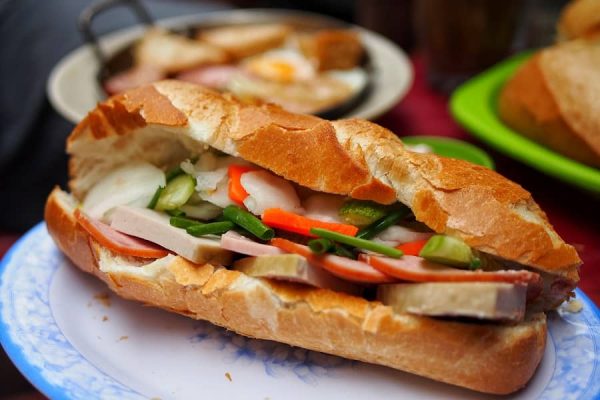
Banh Mi Saigon
Saigon’s culinary culture is always a top concern for many travelers when visiting the city. It’s a place with a rich and distinctive culinary scene. It encompasses not only cooking methods and cuisine but also the habits and customs of Saigonese people.
Visitors will discover a wide range of cuisines from various countries worldwide that have been integrated into Saigon’s culinary scene since ancient times. Along with continuous adaptation and creativity, this has brought about a diverse and rich culinary culture in Saigon.
Learn more about: Street Food in Ho Chi Minh City
3. Urban River Culture
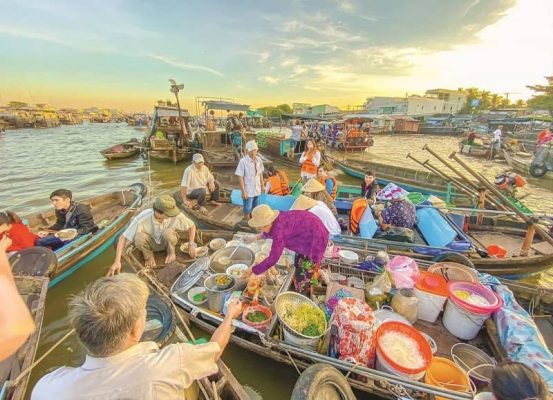
Cai Rang floating market
Ho Chi Minh City is characterized by its waterway transportation system, with Saigon Port being considered a gateway to transportation for many countries worldwide. Alongside this, there is a dense network of canals, with vital routes facilitating the trade of goods from the Mekong Delta.
Moreover, the river and canal system create the unique “on the water, under the boat” scenery of Saigon, with rivers, canals, bustling riverfront markets, and villages. Additionally, these waterways contribute to the ancient beauty of the cultural landscape, with riverside markets, villages, waterway transportation, boats, and bridges.
4. Distinctive architectural landmarks
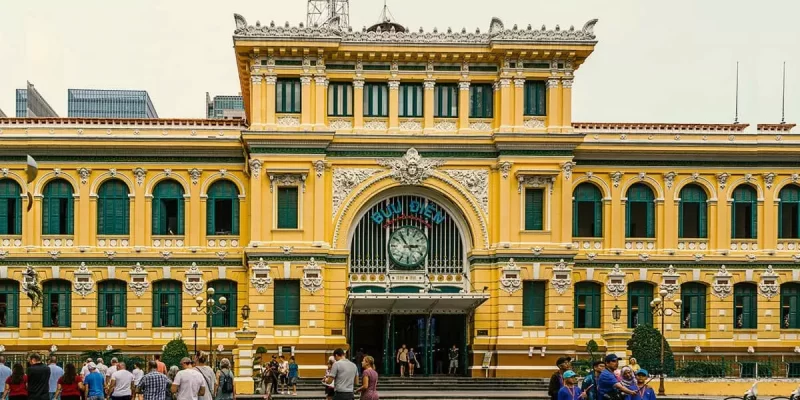
Ho Chi Minh City central post office
When exploring the distinctive cultural traits of Ho Chi Minh City, one cannot overlook its unique architectural landmarks. Despite the ups and downs of history, Saigon still preserves famous architectural landmarks such as the Central Post Office, Ben Thanh Market, Notre-Dame Cathedral Basilica, and Independence Palace.
Each architectural masterpiece in Ho Chi Minh City is associated with its own historical period. Visiting these famous spots in Saigon will give you a clearer understanding of its unique architecture, artistic characteristics, and the peaceful-loving nature of Saigonese people.
5. Diverse cultural backgrounds
As a central city of Southern provinces, having diverse cultural backgrounds is not uncommon in Saigon. However, what’s remarkable here is that Saigonese people can harmonize and respect all these diverse cultures. This has brought Saigonese people closer together, fostering love, laughter, and joy in life.
These are some of the most prominent cultural aspects of Ho Chi Minh City, hopefully providing you with a better understanding of its people, cuisine, and architectural landmarks.
V. BEST TIME TO VISIT HO CHI MINH CITY
1. Dry season in Ho Chi Minh City
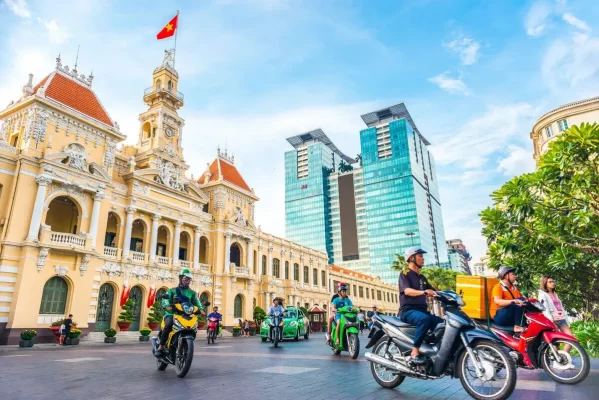
Dry season in Ho Chi Minh City
When should you visit Ho Chi Minh City? Travelers may consider visiting during the dry season, which lasts from December to April of the following year. This is the ideal time to explore the bustling life of Ho Chi Minh City.
2. Rainy Season in Ho Chi Minh City
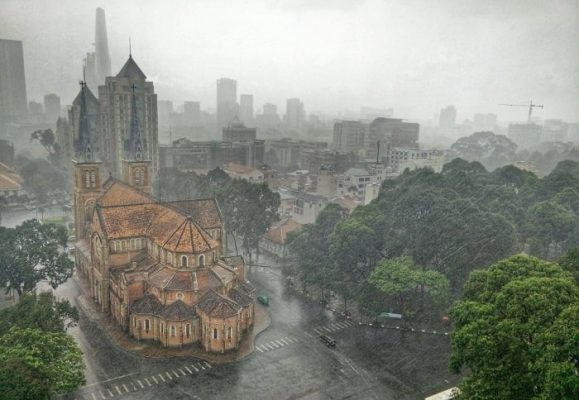
Rainy season in Ho Chi Minh City
Which months are the rainy season in Saigon? The rainy season in Ho Chi Minh City typically occurs from May to November. Unlike the dry season, this period sees frequent, unexpected rains. However, this brings a romantic, dreamy atmosphere to the city, which is usually bustling and lively.
3. Which season should you travel to Ho Chi Minh City?
The best time to visit Ho Chi Minh City is during the dry season, but the rainy season also offers its own beauty and unique experiences that are worth trying.
If you’re traveling to Ho Chi Minh City from May to November (the rainy season), you can enjoy shopping at traditional markets, relaxing with a cool drink and chill music at cafes, and savoring Saigon’s specialties.
VI. HO CHI MINH CITY ATTRACTIONS
1. Independence Palace
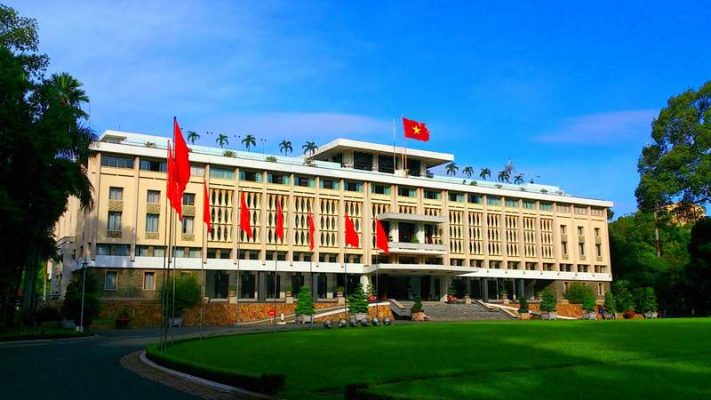
Independence Palace
Built in 1868, Independence Palace, also known as Reunification Palace, is one of the significant historical landmarks of Saigon and Vietnam. The architecture combines Eastern and Western styles, featuring delicate lines and unique wall paintings.
2. Notre-Dame Cathedral
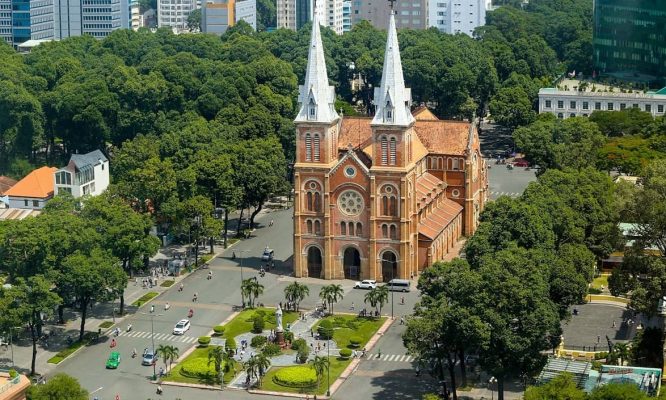
Notre-Dame Cathedral
Constructed and completed in the 17th century, Notre-Dame Cathedral stands as a symbol of French presence and influence in the history and architecture of Ho Chi Minh City. Despite the city’s many changes, the cathedral retains its French architectural charm with its red bricks and two large bell towers.
3. Ben Thanh Market
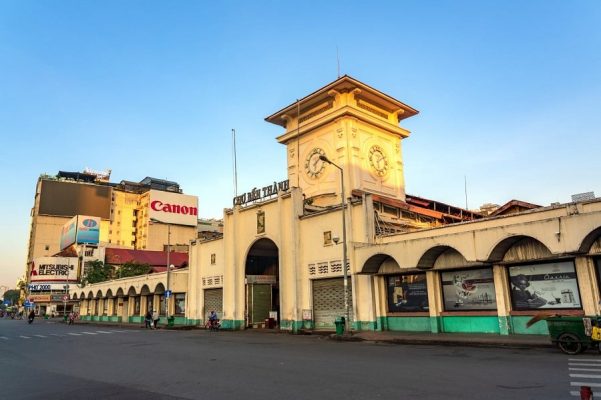
Ben Thanh Market
Ben Thanh Market, a unique architectural structure built in the late 19th century, tops the list of Ho Chi Minh City’s long-standing historical markets and remains one of the busiest market areas today. It’s a large building with striking architecture, bustling with activity day and night, offering everything from fresh produce and delicious food stalls to fabric vendors and souvenir shops.
4. Ho Chi Minh City Central Post Office
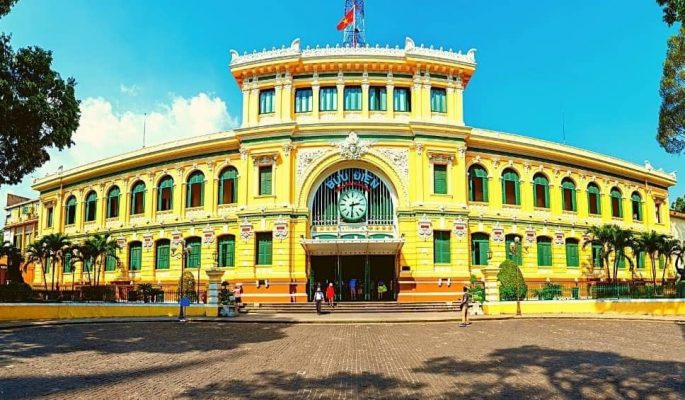
Ho Chi Minh Central City Post Office
The city’s post office commenced construction in 1886 and was completed in 1891. It stands out with its classical architecture, intricate floral motifs, and distinctive yellow color. Besides postal services like express mail, money transfers, or sending letters, it’s an ideal destination to learn about Vietnam’s history and culture through exhibitions and diverse collections.
5. Vietnam History Museum
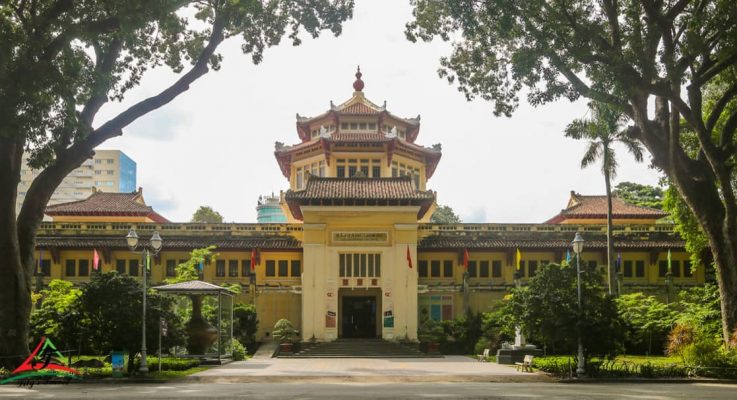
Vietnam History Museum
Established and operational since the early 20th century, the Vietnam History Museum preserves artifacts and images from ancient times to the present day. It appeals to history enthusiasts and showcases a unique blend of Asian and European styles in its architecture.
6. Cu Chi Tunnels
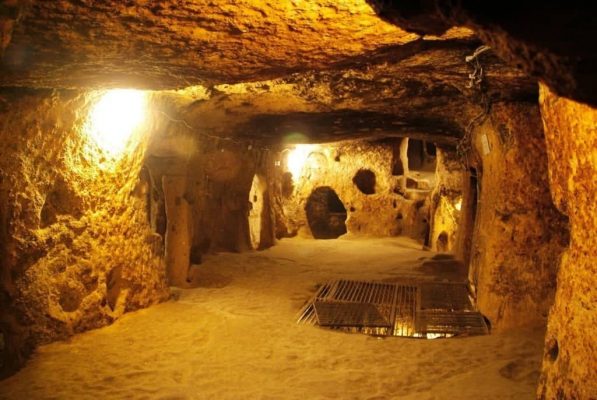
Cu Chi Tunnels
Cu Chi Tunnels, a historical site located on the outskirts about 70km from downtown Ho Chi Minh City, are a favorite destination, especially for foreign tourists. They are associated with Vietnam War history, once serving as important bases and living quarters for Vietnamese soldiers during the resistance against invasion forces.
7. Hem Beer: Lost in Hong Kong
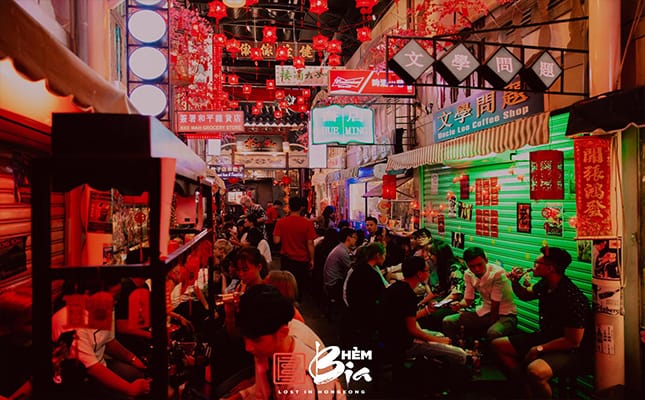
Hem Beer- Lost in Hong Kong
If you’re planning to visit Saigon’s famous nightlife spots, Hem Beer: Lost in Hong Kong is the most interesting choice. Here, you’ll experience a setting reminiscent of a Hong Kong street with LED lights, red lanterns, and neon signs designed to resemble a real Hong Kong street.
8. Little Tokyo
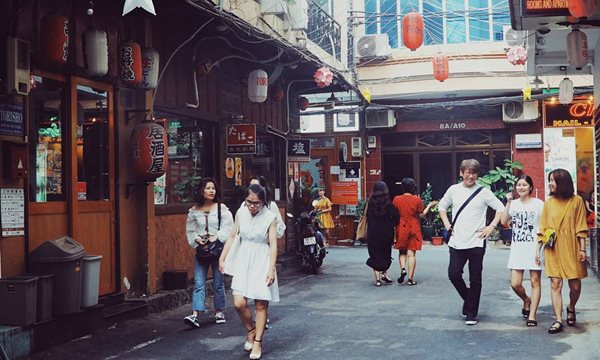
Little Tokyo in Ho Chi Minh City
Little Tokyo, a district in Ho Chi Minh City, is a hub of Japanese restaurants, cafes, and shops. It offers a special Japanese cultural experience, allowing visitors to enjoy traditional Japanese cuisine, shop for Japanese products and clothing, and immerse themselves in Japan’s unique culture right here in Vietnam.
9. Chinatown in Ho Chi Minh City
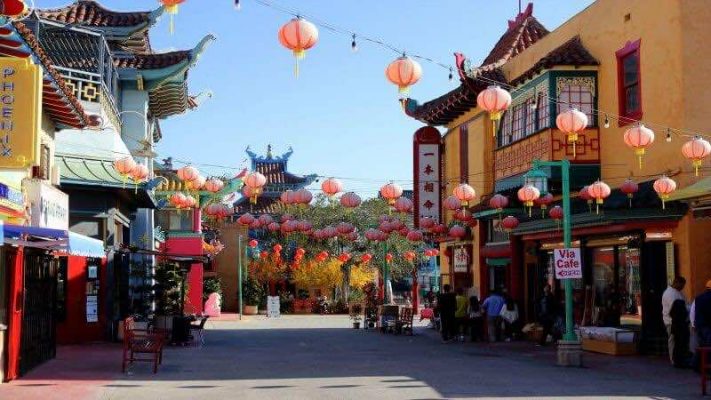
Chinatown in Ho Chi Minh City
Located in District 5, District 11, and part of District 6, Chinatown is a unique and must-visit destination in Saigon. Also known as “Cho Lon Saigon,” it’s designed based on the culture of people from Chaozhou, Fujian, and China. From the colorful lanterns to the distinctive layout of stalls, you can explore a miniature China right in Ho Chi Minh City.
Read more: Ho Chi Minh City travel tips



